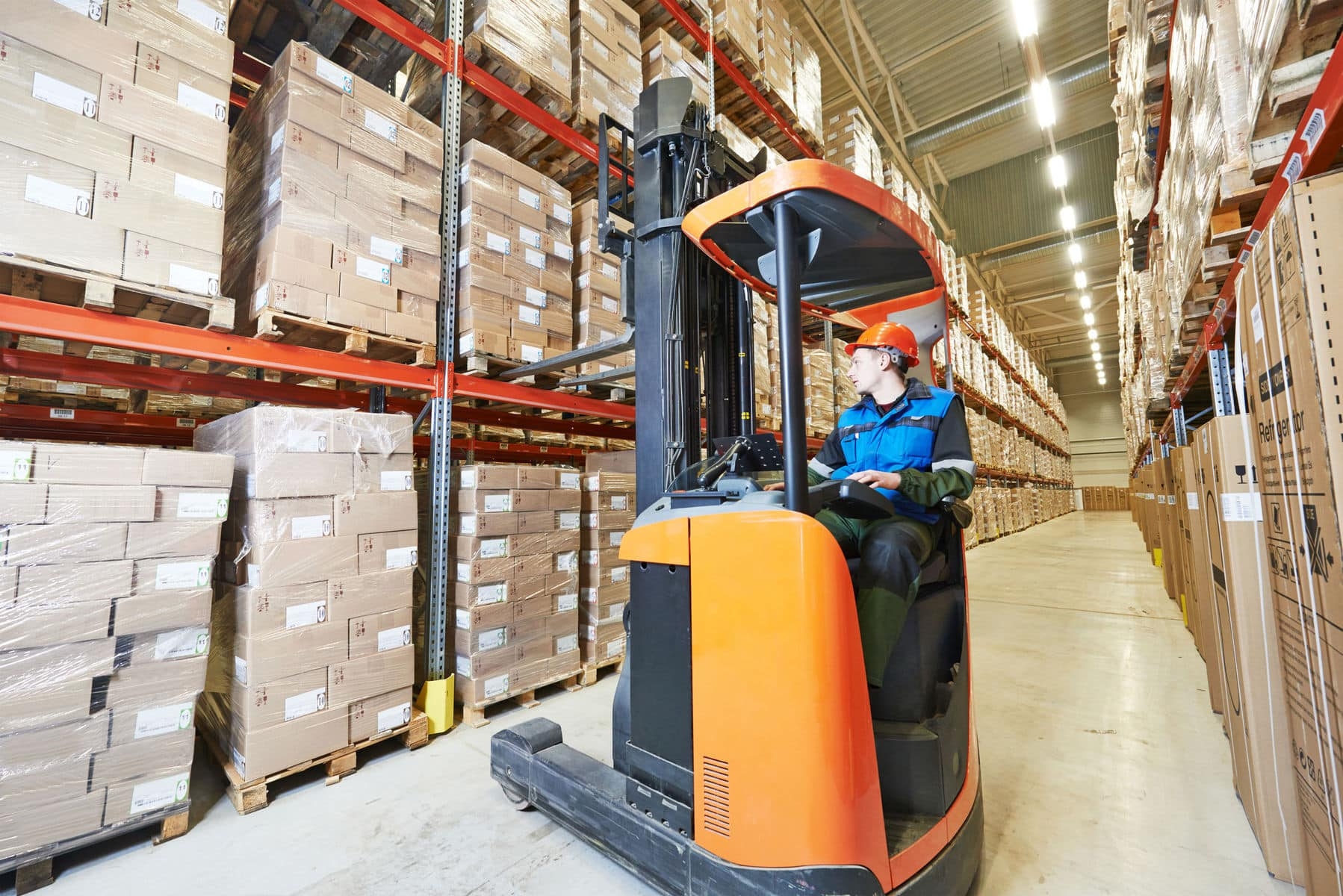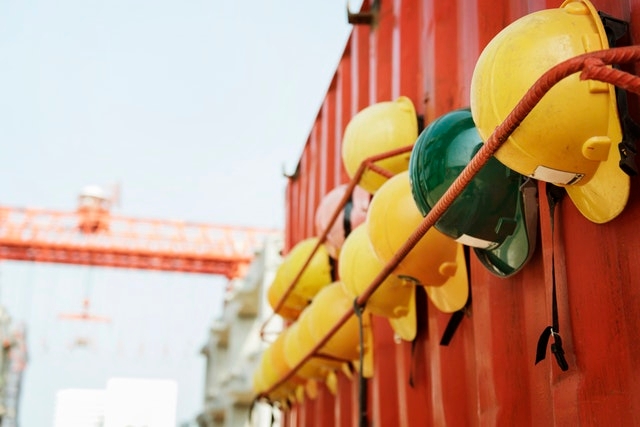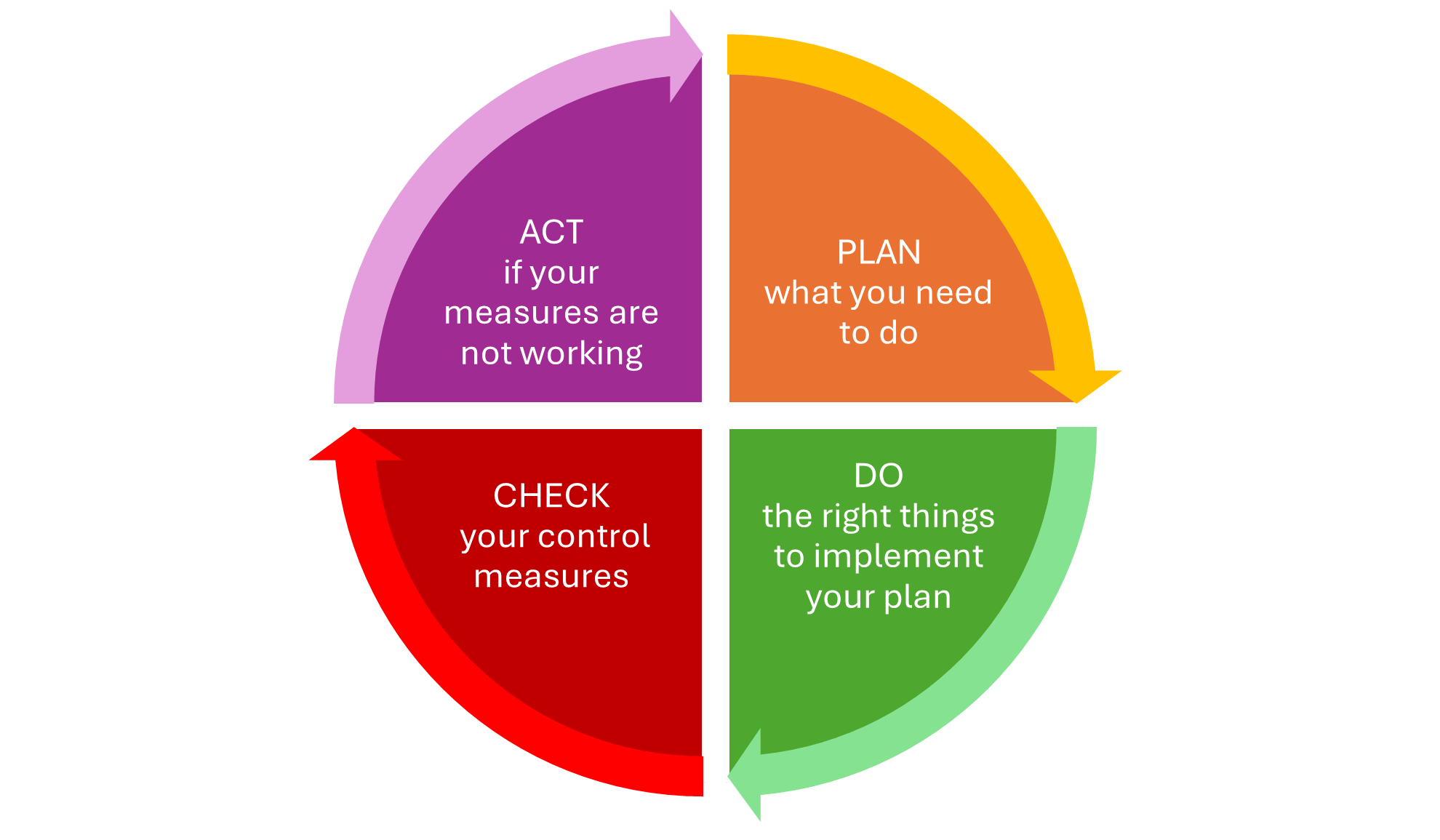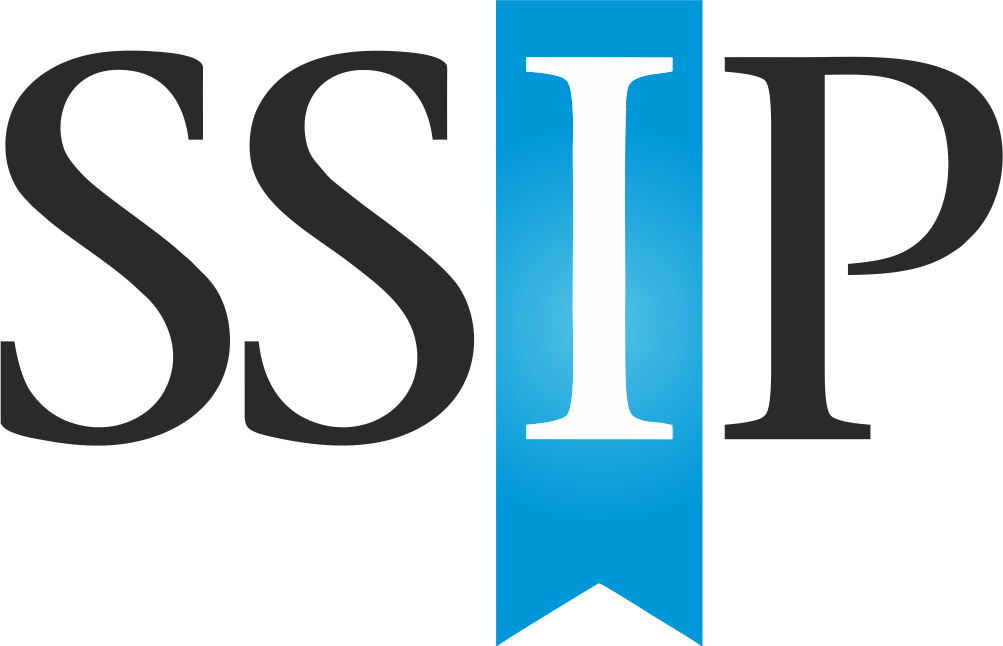6 Key Extension Lead Safety Tips
You can avoid overloading sockets and risk of fire by following this simple advice:
- 1. Check the current rating of the extension lead before plugging appliances into it. Most are rated at 13 A, but some are rated at only 10 A or less - the rating should be clearly marked on the back or underside of the extension lead. If not, refer to the manufacturer’s instructions.
- 2. Never overload an extension lead by plugging in appliances that together will exceed the maximum current rating stated for the extension lead. This could cause the plug in the wall socket to overheat and possibly cause a fire.
- 3. Only use one socket extension lead per socket and never plug an extension lead into another extension lead (known as ‘Daisy-Chaining’).
- 4. Use a multi-way bar extension lead rather than a block adaptor, as this will put less strain on the wall socket. Some block adaptors do not have a fuse, which increases the risk of overloading and fire.
- 5. Consider having additional sockets installed if you regularly rely on extension leads and adaptors - and use a registered electrician to carry out the installation work.
- 6. Check regularly for the following danger signs:
* A smell of hot plastic or burning near an appliance or socket
* Sparks or smoke coming from a plug or appliance
* Blackness or scorch marks around a socket or plug, or on an appliance
* Damaged or frayed leads
* Coloured wire inside leads showing at the plug or anywhere else
* Melted plastic on appliance casings or leads
* Fuses that blow or circuit-breakers that operate for no obvious reason
Power ratings of commonly used workplace appliances
The domestic appliance power ratings shown below are indicative only. Electrical power is measured in watts, W, a unit of power. Electrical current is measured in amps, A, the rate at which it flows. Electrical Safety First provide the following ratings for popular workplace appliances:- Printer - <0.5 Amps/ 50 Watts
- Desktop Computer - 3.0 Amps/ 700 Watts
- Radiator - 8.5 Amps/ 2000 Watts
- Toaster - 9 Amps/ 2000 Watts
- Kettle - 13 Amps/ 3000 Watts
What Next?
Employers have a duty of care to manage safety at work and the hazards related to electrical appliances and sockets. Get a FREE Wirehouse safety consultation to provide guidance with the workplace safety issues you may have.
If you would like any further information regarding extension lead safety please contact our expert Health & Safety team today:
CALL 033 33 215 005 | Email info@wirehouse-es.com








